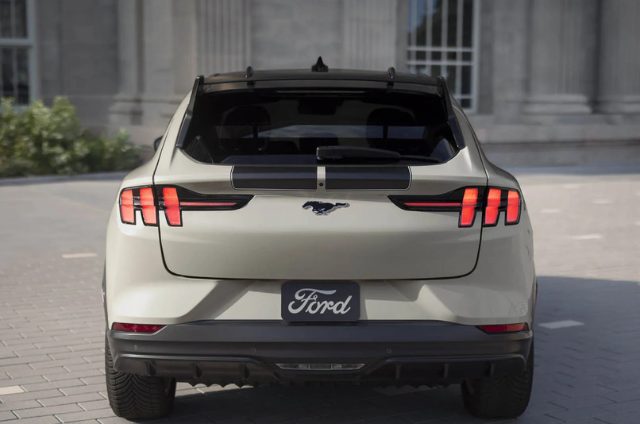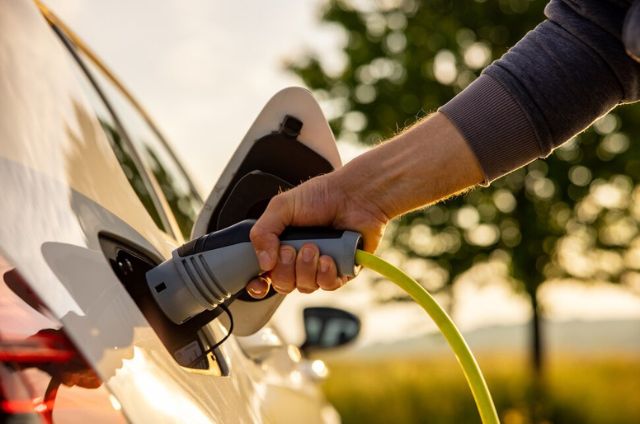Ford is developing a split-battery EV charging system that could dramatically cut charging times. A recent patent filing reveals a design that enables two charge ports to power different sections of the battery simultaneously. If this technology reaches production, it could be a game-changer for electric vehicles.
How Ford’s Dual-Port Charging Works
The patent, originally filed in 2021 and published in November 2024, outlines a system where:
- A battery pack is divided into sections that can be charged independently.
- Two charge ports receive power from a single source but distribute it separately.
- A special adapter splits the power, enabling faster charging without requiring an upgraded grid connection.
This approach differs from General Motors’ method, seen in the GMC Hummer EV and Chevrolet Silverado EV, which use a stacked dual-layer battery. GM has also explored dual-port charging, but their focus has been on vehicle-to-vehicle charging rather than reducing personal charging times.
What Makes Ford’s System Different?
Some EVs, like the Porsche Taycan and Audi E-Tron GT, already feature dual charge ports, but these serve only for convenience, allowing drivers to choose which side to plug into. They do not allow simultaneous charging.
Ford’s system would let both ports actively charge different sections of the battery at the same time, which could significantly reduce charging time, solving one of the biggest pain points for EV owners.
How It Fits Into the Future of EV Charging
Other automakers are also working on charging innovations:
- The 2026 Mercedes-Benz CLA EV will feature separate AC and DC ports for added flexibility.
- Hyundai and Kia are exploring structural battery packs to improve efficiency.
- Goodyear, Michelin, and Bridgestone are working on low-emission tire technology to further enhance EV sustainability.
Will This Technology Become a Reality?
Since this concept is still in the patent stage, there’s no guarantee it will make it to production. However, as charging speed becomes a critical selling point, Ford’s innovation could offer a major competitive advantage.
With EV charging infrastructure evolving rapidly, could this be the breakthrough that makes electric cars more practical for everyone?



